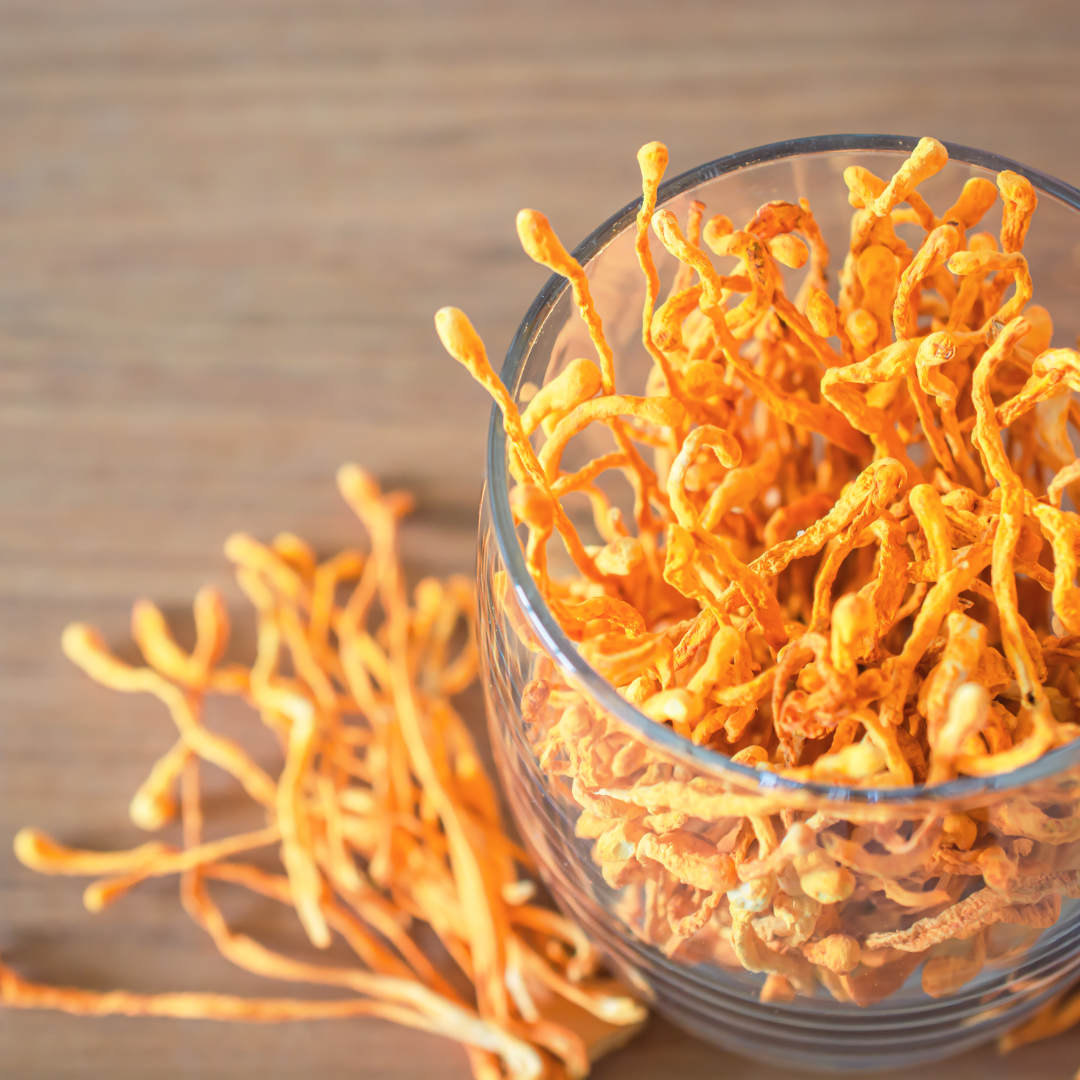Mushrooms provide physiologically active compounds with health benefits (particularly immunological). One of the special components found from mushrooms is beta-glucan, which is predominantly composed in the fungal cell wall and is mostly composed of beta-D-glucose. In many researches, beta-glucan effectively stimulates the host immune response to defend against bacterial, viral, fungal, or parasitic infections
These compounds are polysaccharides that help to restore healthy immune balance, up-regulating immune responses in cases of immune suppression while down-regulating overactive responses.
Medicinal fungi contain a number of polysaccharide types including alpha-glucans and beta-glucans. It is the beta-glucans that have been identified as representing the primary source of medicinal activity.
Beta-glucans (also known as beta D-glucans is a water-soluble dietary fiber obtained from oats, barley, bacteria, yeast, algae, and mushrooms. Beta-glucans from different source (fungal, bacterial or cereal e.g. oat) vary in structure. For example, the core chain length of beta-glucans differ, as do the types and complexity of side chain branching. These differences in structure are believed to be what influences a beta-glucan’s function/mechanism of action and it has been suggested that a higher degree of structural complexity is associated with more potent immunomodulatory and anticancer effects.
Reference:
https://www.ncbi.nlm.nih.gov/pmc/articles/PMC3995106/
https://www.fxmedicine.com.au/blog-post/beta-glucans-medicinal-actives-mushrooms
https://pubmed.ncbi.nlm.nih.gov/14499107/


